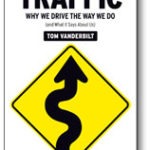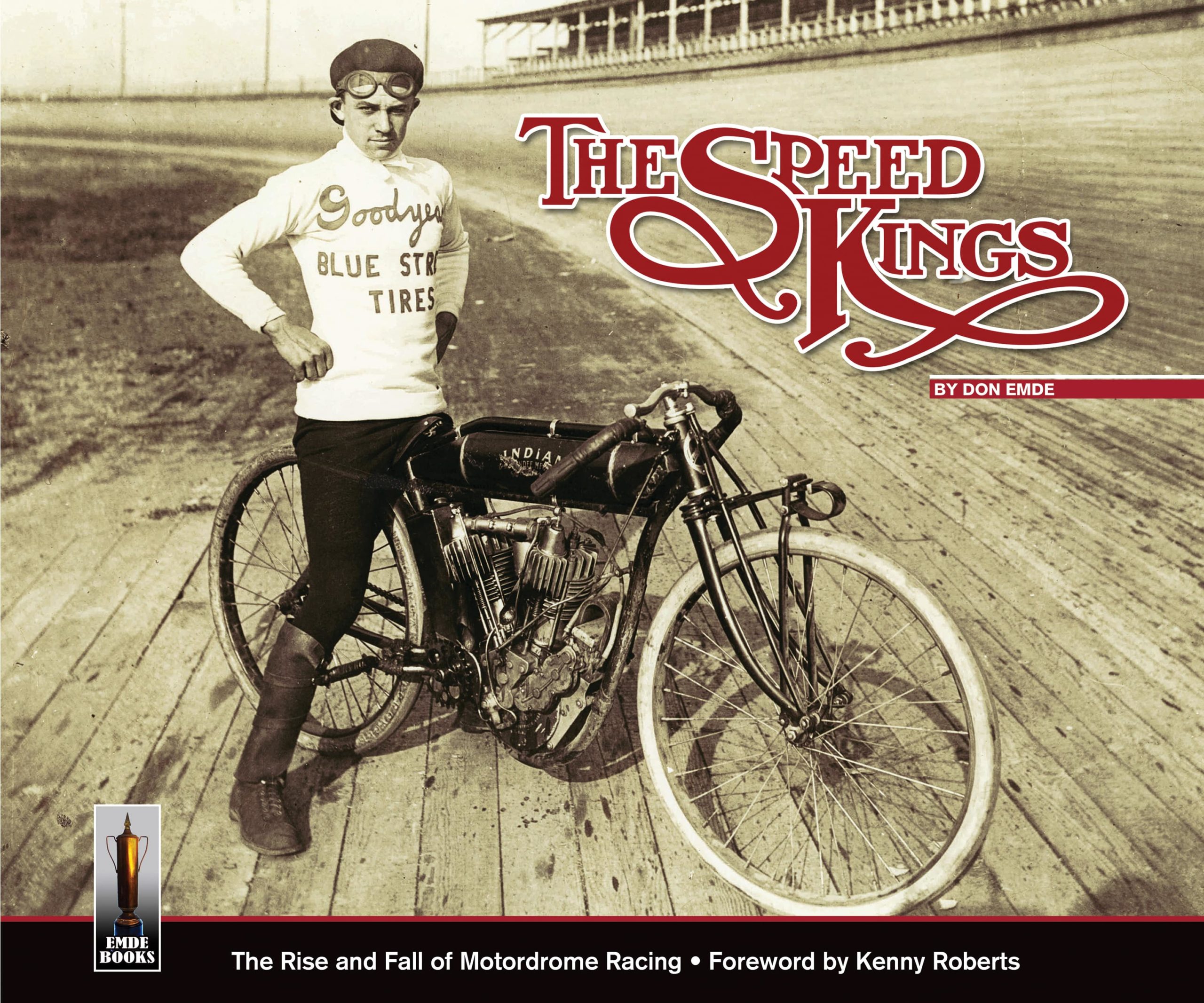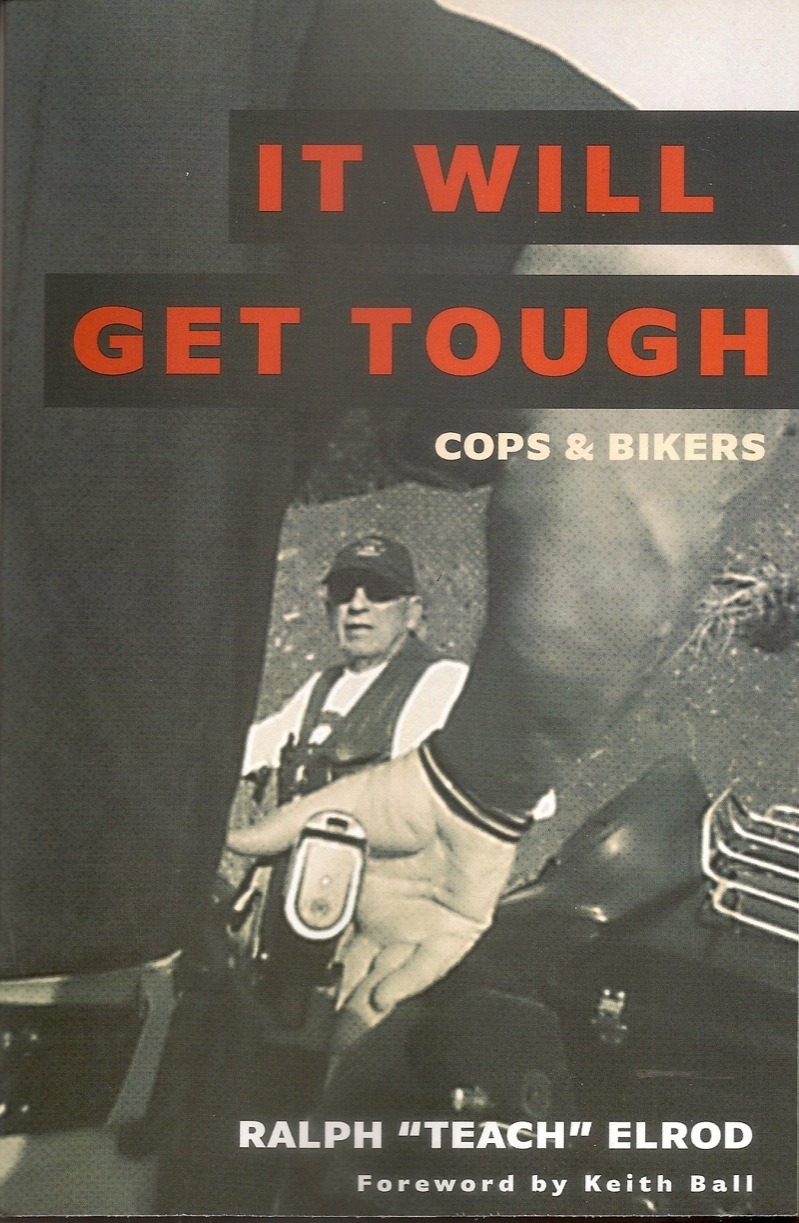A deeper look at driving
written by Tom Vanderbilt
Knopf, $24.95, 416 pages
A few years ago, I was riding somewhere in the Midwest when I saw a work-zone sign that read, “Construction Ahead. Merge Right.” The right lane was filled with cars that jumped into that lane when they saw the sign, but the left lane, in which I was traveling, was empty.
I stayed in the left lane, and as I neared the merge point, horns began to blow, a few local vigilantes swerved into my lane to slow me down, and several drivers shook their fists at me. It was a dangerous situation.
Little did I know that although I had not violated any law, I had violated a cardinal tenet of driving, at least for that community. I was a “late merger.”
I found my situation in Tom Vanderbilt’s fascinating book, Traffic: Why We Drive the Way We Do (and What It Says About Us). The title might lead you to believe that the book is written by staid traffic engineers. However, a glance at the chapter titles invites the reader into a very good read. Among the titles are “Why Does the Other Lane Always Seem Faster?,” “Are You Looking at Me? Eye Contact, Stereotypes, and Social Interaction on the Road,” “Why More Roads Lead to More Traffic,” “When Dangerous Roads Are Safer,” and “Why You’re Not as Good a Driver as You Think You Are.”
All motorcycle riders are interested in the subject of traffic—not only the left-turning variety but also congestion. When I was planning my trip to Milwaukee this summer for Harley-Davidson’s 105th Anniversary Rally, my routes were determined by the avoidance of traffic. Riding from Long Island to Milwaukee can take you through two nightmare cities: New York City and Chicago. Every trip involves traffic and plans to avoid it. Only the novice ignores the potential problem.
The most critical traffic issue for motorcyclists is the left-turning car. There are no riders who have not felt the hair on the back of their necks rise when they approach an intersection and see a car with its turn signal blinking. Vanderbilt notes that 50 percent of all road crashes happen at intersections—reason enough to ride scared.
The intersection is dangerous, Vanderbilt remarks, for several reasons. Drivers cannot gauge the speed or size of oncoming cars, never mind motorcycles. A good analogy is sports. Baseball players know that the hardest ball to catch is the one hit directly at the fielder. Small cars look farther away than large cars because there is a less of a car to actually see. Ditto motorcycles. Driving is about distance and speed. We can estimate with success when cars or objects are 20 to 30 feet away. Beyond that, if an object is 300 yards away, our judgment might be off by 100 yards. When you consider that it takes 280 feet for a car traveling 55 mph to stop (assuming perfect instincts), this is the stuff of crashes.
Moreover, studies show that cars waiting to make a left turn against oncoming traffic will accept smaller gaps in which to cross the longer they have been waiting. Thirty seconds seems to be the limit of drivers’ patience before they increase their—and your—risks.
What to do about all this? Studies have shown that roundabouts and traffic circles are far safer than intersections because everyone has to slow down.
Vanderbilt has an engaging section about merges. A survey undertaken by the Texas Transportation Institute found that the single most common cause of stress on the highway was merging difficulties. All merge scenarios work well when the traffic is light, says Vanderbilt. But a merge turns light traffic into bottlenecks. One solution is to give drivers several miles to merge by placing warning signs far away from the merge point. Another solution is to use a sign that reads, “Use Both Lanes to Merge Point” with another sign that reads “Merge Here. Take Your Turn.” A third solution is to carve out two narrow lanes and avoid the merge altogether.
Studies show that using two lines to merge moves traffic through work zones faster, but here’s an oddity: Even when drivers were instructed to use two lanes, they often refused to do so and jumped into the right lane, creating long queues. Go figure.
Vanderbilt states that we all believe we are better drivers than we really are because driving is relatively easy. It is something we can do without much conscious thought (and so we multitask), and there is no feedback—no one to tell us when we are driving badly. (Our passengers know, though.) Drivers build up a pyramid of close calls throughout their driving years, and because they continuously escape crashes, they think they are invulnerable and good drivers. So we never learn. We are blind to our blindness. Champion race car driver Stirling Moss once said, “There are two things no man will admit he cannot do well: drive and make love.”
There is a bewitching look into the psychology of driving and why some people drive like maniacs. “Being in traffic,” says Vanderbilt, “is like being in an online chat room under a pseudonym.” “In traffic,” he writes, “first impressions are usually the only impressions… traffic is a place where no one knows your name… Anonymity in traffic acts as a powerful drug.” Drivers feel that they can do almost anything with impunity. It’s scary to think that this is in peoples’ minds.
There are a lot of meaty subjects in this book. You should read it. Although it is oriented to automobile traffic, the inquiring mind will find much that is applicable to motorcycles. And it just might save your life.

















